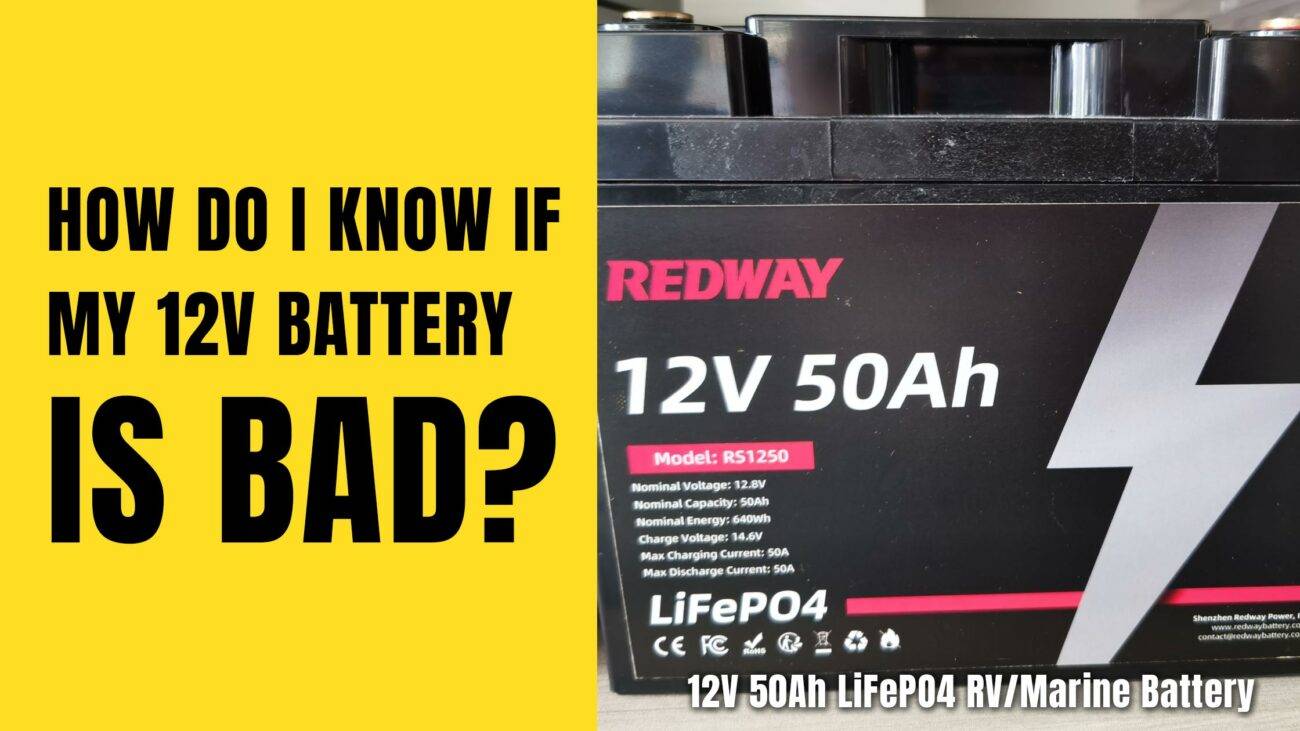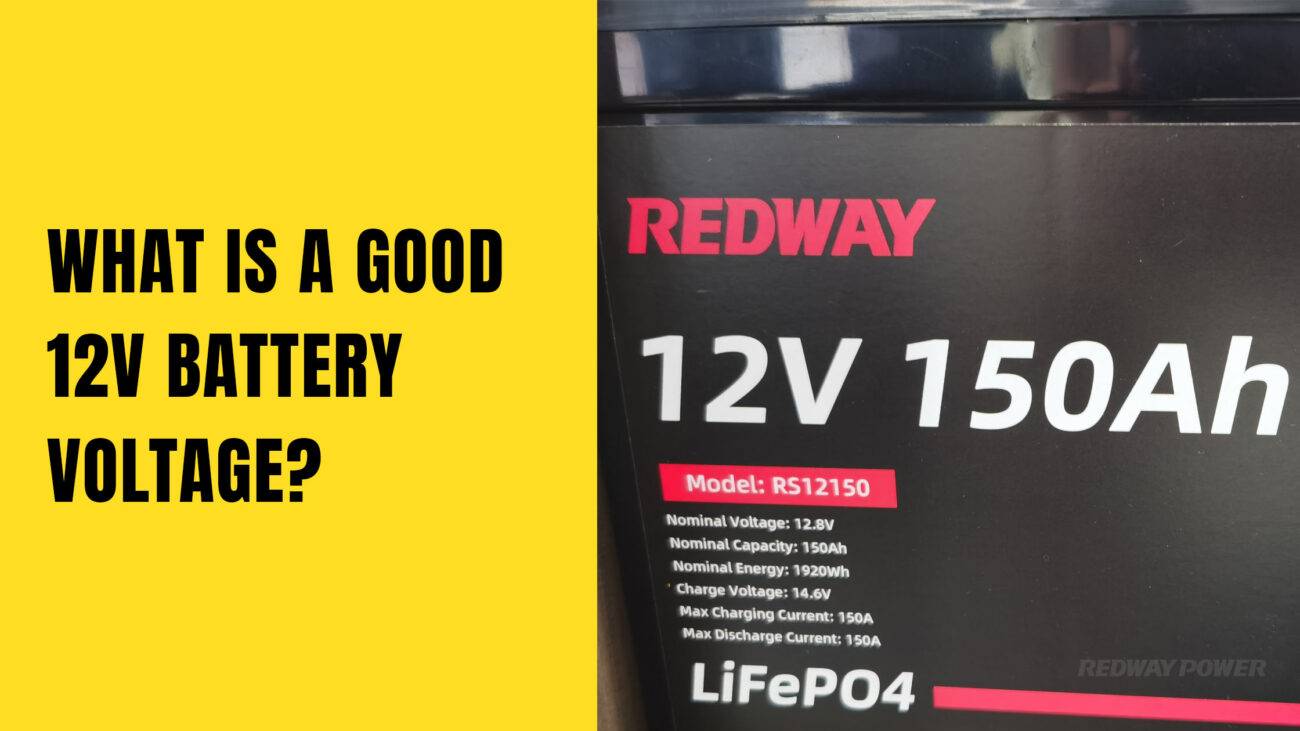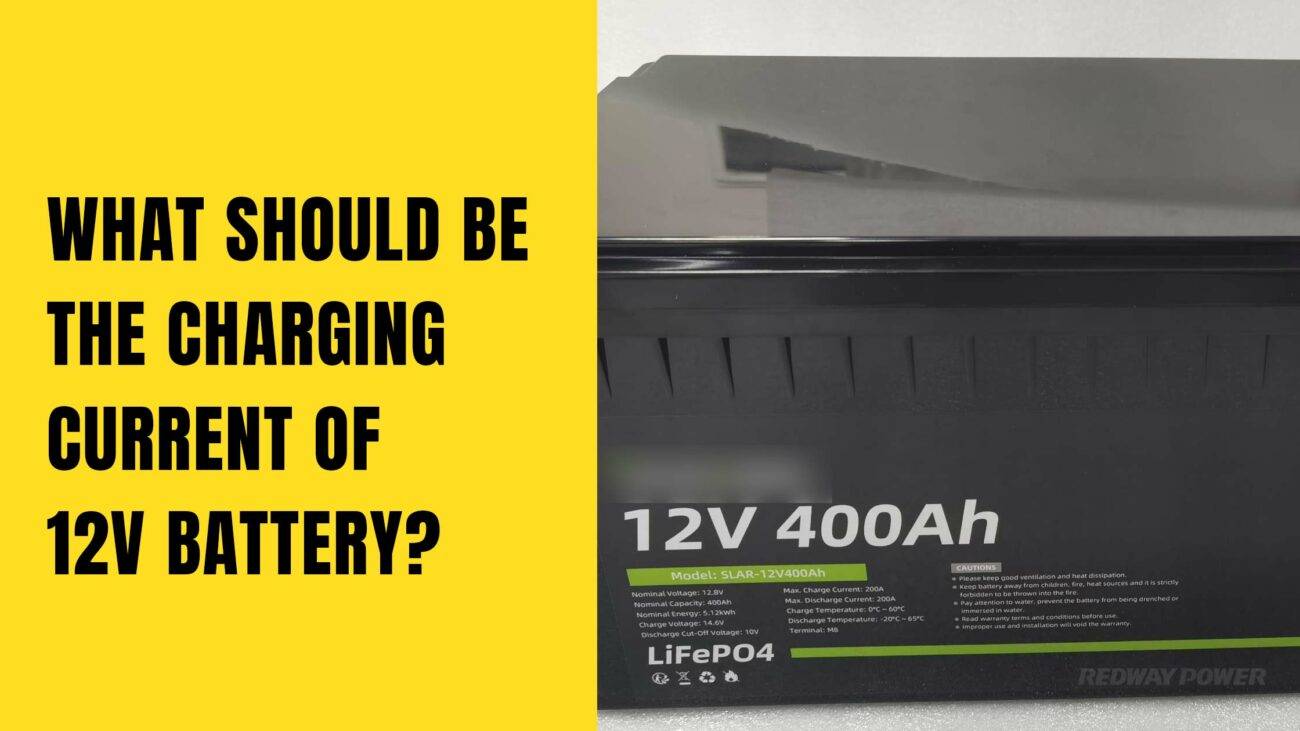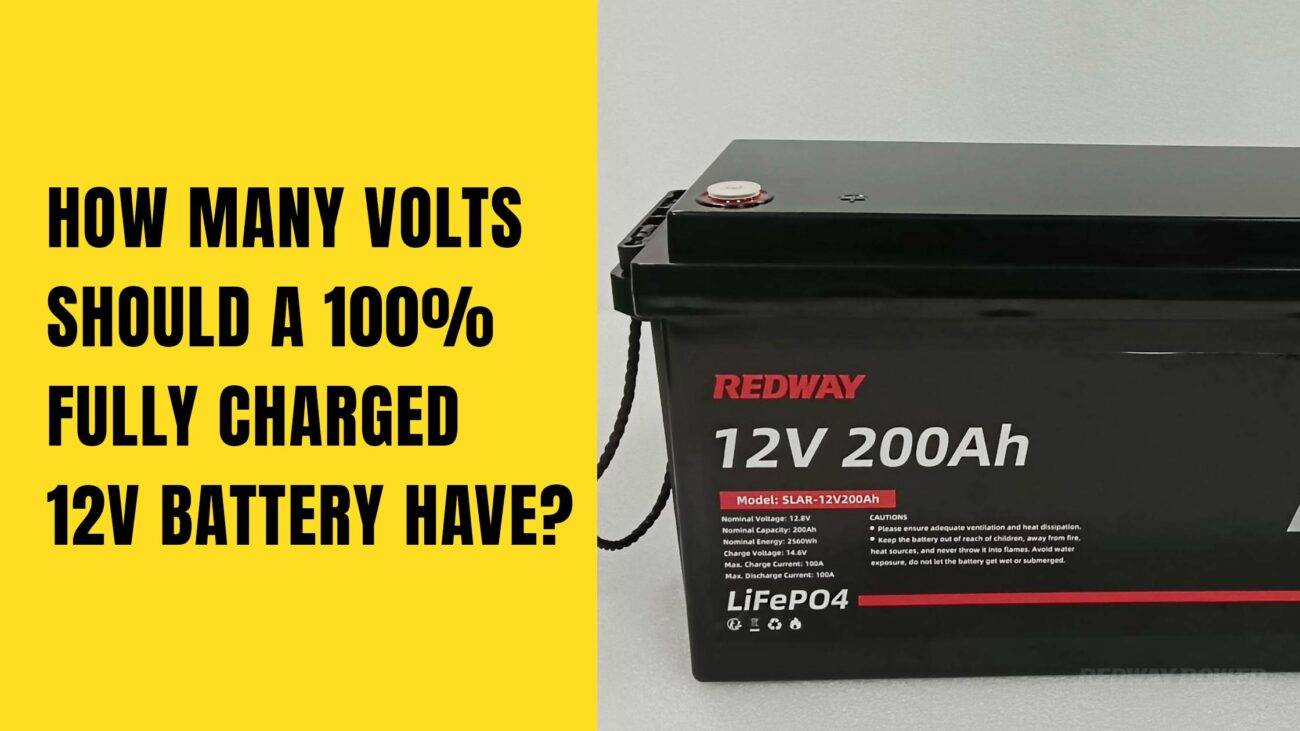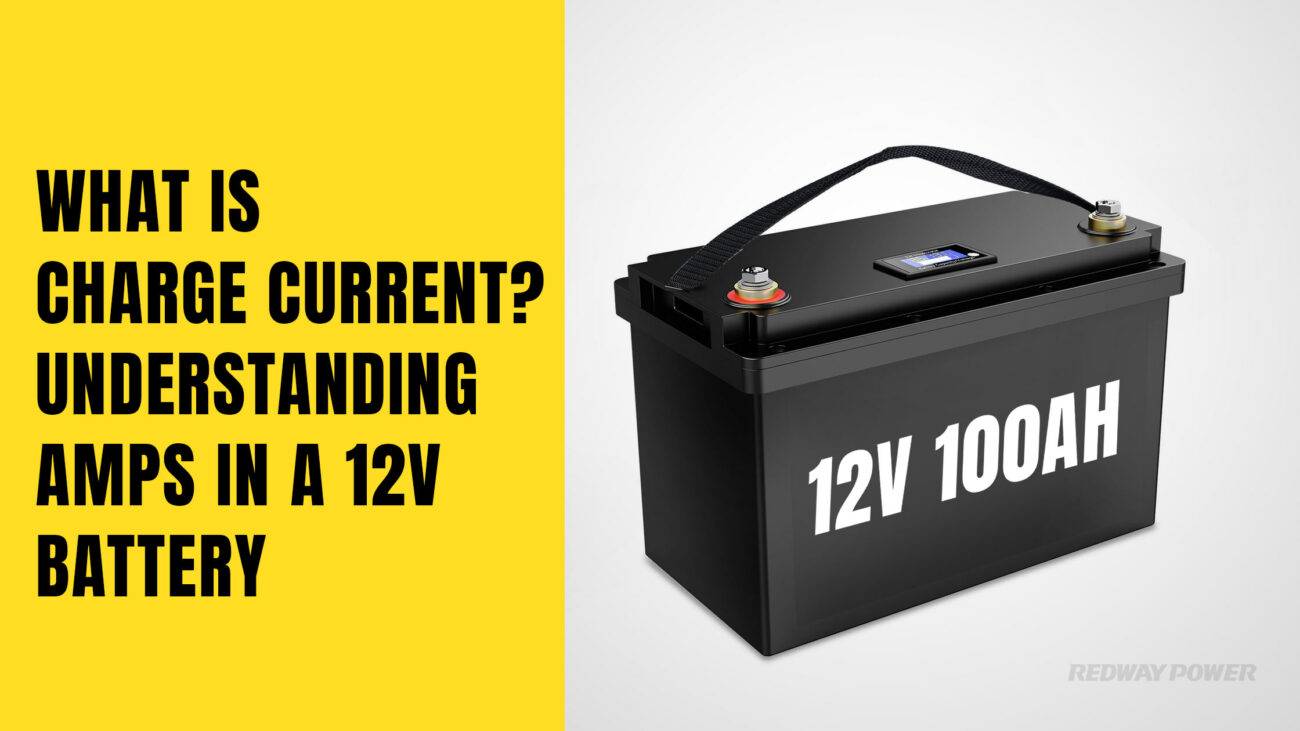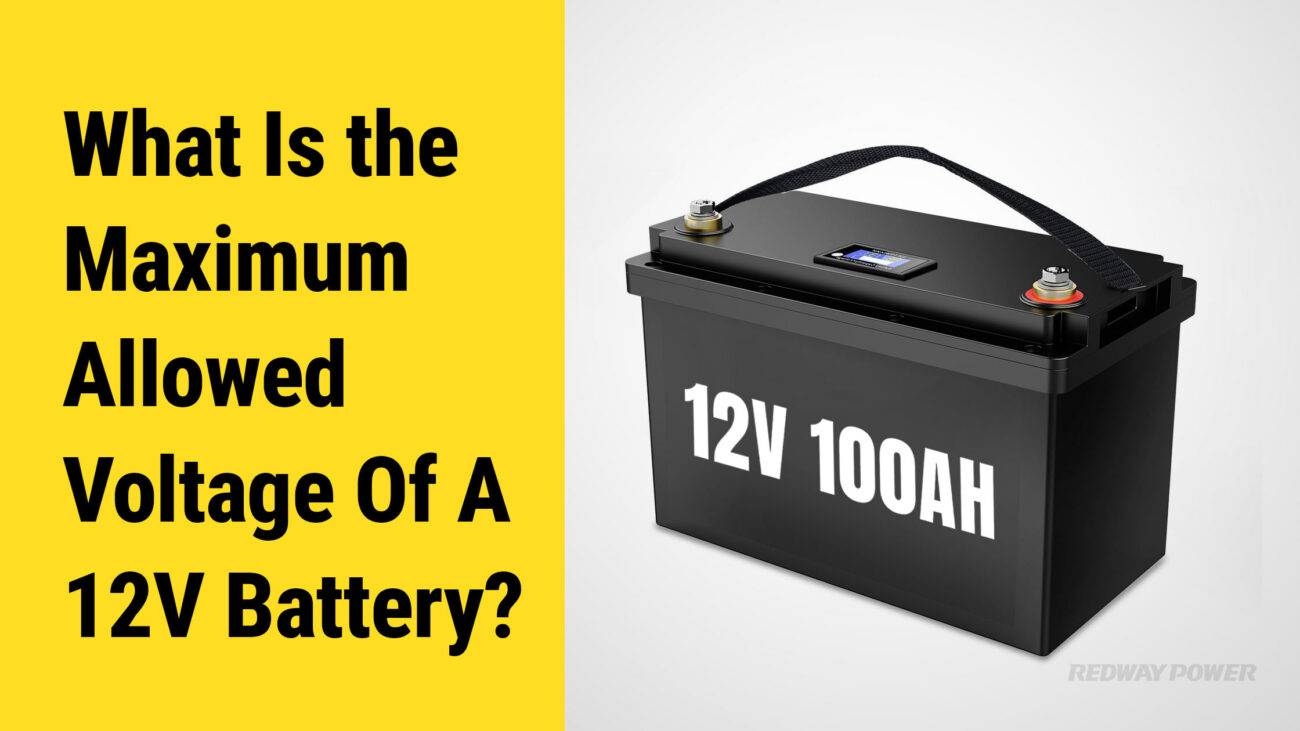- Forklift Lithium Battery
-
48V
- 48V 210Ah
- 48V 300Ah
- 48V 420Ah (949 x 349 x 569 mm)
- 48V 420Ah (950 x 421 x 450 mm)
- 48V 456Ah
- 48V 460Ah (830 x 630 x 590 mm)
- 48V 460Ah (950 x 421 x 450 mm)
- 48V 460Ah (800 x 630 x 600 mm)
- 48V 460Ah (820 x 660 x 470 mm)
- 48V 500Ah
- 48V 560Ah (810 x 630 x 600 mm)
- 48V 560Ah (950 x 592 x 450 mm)
- 48V 600Ah
- 48V 630Ah
-
48V
- Lithium Golf Cart Battery
- 12V Lithium Battery
12V 150Ah Lithium RV Battery
Bluetooth App | BCI Group 31
LiFePO4 Lithium
Discharge Temperature -20°C ~ 65°C
Fast Charger 14.6V 50A
Solar MPPT Charging - 24V Lithium Battery
- 36V Lithium Battery
- 48V Lithium Battery
-
48V LiFePO4 Battery
- 48V 50Ah
- 48V 50Ah (for Golf Carts)
- 48V 60Ah (8D)
- 48V 100Ah (8D)
- 48V 100Ah
- 48V 100Ah (Discharge 100A for Golf Carts)
- 48V 100Ah (Discharge 150A for Golf Carts)
- 48V 100Ah (Discharge 200A for Golf Carts)
- 48V 150Ah (for Golf Carts)
- 48V 160Ah (Discharge 100A for Golf Carts)
- 48V 160Ah (Discharge 160A for Golf Carts)
-
48V LiFePO4 Battery
- 60V Lithium Battery
-
60V LiFePO4 Battery
- 60V 20Ah
- 60V 30Ah
- 60V 50Ah
- 60V 50Ah (Small Size / Side Terminal)
- 60V 100Ah (for Electric Motocycle, Electric Scooter, LSV, AGV)
- 60V 100Ah (for Forklift, AGV, Electric Scooter, Sweeper)
- 60V 150Ah (E-Motocycle / E-Scooter / E-Tricycle / Tour LSV)
- 60V 200Ah (for Forklift, AGV, Electric Scooter, Sweeper)
-
60V LiFePO4 Battery
- 72V~96V Lithium Battery
- Rack-mounted Lithium Battery
- E-Bike Battery
- All-in-One Home-ESS
- Wall-mount Battery ESS
-
Home-ESS Lithium Battery PowerWall
- 24V 100Ah 2.4kWh PW24100-S PowerWall
- 48V 50Ah 2.4kWh PW4850-S PowerWall
- 48V 50Ah 2.56kWh PW5150-S PowerWall
- 48V 100Ah 5.12kWh PW51100-F PowerWall (IP65)
- 48V 100Ah 5.12kWh PW51100-S PowerWall
- 48V 100Ah 5.12kWh PW51100-H PowerWall
- 48V 200Ah 10kWh PW51200-H PowerWall
- 48V 300Ah 15kWh PW51300-H PowerWall
PowerWall 51.2V 100Ah LiFePO4 Lithium Battery
Highly popular in Asia and Eastern Europe.
CE Certification | Home-ESS -
Home-ESS Lithium Battery PowerWall
- Portable Power Stations
What Is the Normal Voltage Range for a Fully Charged 12V Battery?

A fully charged 12-volt battery typically reads between 12.6 and 12.8 volts. This voltage range indicates that the battery is at its maximum capacity and ready to deliver optimal power for various applications. Understanding this voltage range is crucial for maintaining battery health and performance.
What Should a 12-Volt Battery Read When Fully Charged?
The normal reading for a fully charged 12V battery is between 12.6 and 12.8 volts. At this voltage level, the battery can provide its maximum power capacity. If the voltage falls below this range, it may indicate that the battery is undercharged or has lost capacity.Chart: Charge Level Indicators for a 12V Battery
| Charge Status | Voltage Range (Volts) |
|---|---|
| Fully Charged | 12.6 – 12.8 |
| Partially Charged | 12.4 – 12.6 |
| Discharged | Below 12.4 |
How Do Different Types of Batteries Affect Voltage Readings?
Different types of batteries can have varying voltage readings when fully charged:
- Flooded Lead-Acid Batteries: Typically read around 12.7 volts when fully charged.
- Sealed Lead-Acid Batteries (AGM): Can reach up to 13.0 volts when fully charged.
- Lithium-Ion Batteries: A fully charged lithium-ion battery often reads between 13.4 and 13.6 volts.
Understanding these differences helps in selecting the right charger and monitoring battery health.
What Are the Signs of Undercharging or Overcharging?
Monitoring voltage readings can help identify undercharging or overcharging issues:
- Undercharging: A reading below 12.4 volts indicates that the battery is partially charged and may need recharging soon.
- Overcharging: If the voltage exceeds 12.8 volts, it may signal overcharging, which can lead to damage or reduced lifespan.
Regularly checking battery voltage can prevent these issues and prolong battery life.
What Is the Ideal Voltage for a Fully Charged 12V Battery?
For standard lead-acid deep cycle batteries, an ideal resting voltage after charging should be around 12.7 to 13 volts when fully charged and at rest (not under load). This ensures that the battery has been adequately charged and is functioning correctly.
How Do Voltage Levels Indicate Battery Health?
Voltage levels provide critical insights into battery health:
- A fully charged battery should consistently read between 12.6 to 12.8 volts.
- A reading of 12.4 to 12.6 volts suggests that the battery is partially discharged and may require charging soon.
- Anything below 12 volts indicates that the battery is significantly discharged and should be recharged immediately to avoid potential damage.
Chart: State of Charge vs Voltage Reading
| Voltage Level (Volts) | Charge Level (%) | Condition |
|---|---|---|
| 12.6 – 12.8 | ~100% | Fully Charged |
| 12.4 – 12.6 | ~75% – ~100% | Partially Charged |
| Below 12 | <25% | Discharged |
What Should You Do If Your 12V Battery Shows Low Voltage?
If your 12V battery reads below the ideal range:
- Use an appropriate charger designed for your type of battery.
- Ensure that the battery has been at rest (not charging or discharging) for at least half an hour before taking measurements.
- Monitor it closely during charging to ensure it reaches at least 12.6 volts.
- If problems persist after charging, consider having the battery tested for capacity and overall health.
How Does Temperature Influence Charge Levels in Batteries?
Temperature can significantly impact battery performance and voltage readings:
- Higher temperatures can increase voltage readings temporarily, while lower temperatures can decrease them.
- For optimal performance, keep batteries within their recommended temperature ranges, typically between 20°C to 25°C (68°F to 77°F).
What Are Common Applications for 12V Batteries?
Common applications for 12V batteries include:
- Automotive batteries powering vehicles.
- Backup power supplies for home systems.
- Portable electronics and tools.
Understanding these applications helps in selecting suitable batteries based on specific needs.
Tips for Battery Wholesale Buyers
When selecting batteries for OEM applications, consider:
- Performance Requirements: Assess energy density, cycle life, and discharge rates needed for your application.
- Cost Efficiency: Evaluate both initial costs and long-term savings associated with battery longevity and maintenance.
- Supplier Reliability: Partner with established manufacturers like Redway Power, which offers high-quality lithium battery solutions backed by over 13 years of experience.
By understanding these factors, buyers can make informed decisions that enhance their product offerings while optimizing performance.
Redway Power Expert Views
“Monitoring charge levels in batteries is essential for ensuring optimal performance,” states an expert from Redway Power. “Understanding how voltage readings correlate with charge levels helps prevent undercharging and overcharging, which are critical factors in extending battery lifespan.”In conclusion, knowing that a fully charged 12V battery should read between 12.6 to 12.8 volts is vital for maintaining its health and performance across various applications.
FAQ Section
- What should a fully charged 12V battery read?
A fully charged 12V battery typically reads between 12.6 and 13 volts. - What does it mean if my battery reads below 12 volts?
A reading below 12 volts indicates that the battery is significantly discharged and needs immediate recharging. - How often should I check my battery’s voltage?
Regular checks are recommended, especially before long trips or heavy usage periods. - Can temperature affect my battery’s voltage?
Yes, higher temperatures can increase readings while lower temperatures can decrease them. - What should I do if my deep cycle battery shows signs of undercharging?
Recharge it promptly using an appropriate charger designed for your specific type of battery.


















